CORA SMITH ON CUTTING HER EAR OFF, SUFFERING AS AN ARTIST, AND The SPIRITUALITY Of Her Art12/23/2021 (Originally appeared on WinklerGallery.org in 2017. This interview was conducted and written by Board Secretary, Rachael Berdine It was edited and posted by Board President, Craig Inzana.) Every month here at the Winkler Gallery and Art Education Center, we honor one of our member artists as Artist of the Month. All of our artists produce stunning work of all varieties that pass through a juried selection process to be displayed at the gallery. The Artist of the Month allows us to zoom in on them one at a time. For August 2017, the honor goes to Cora Smith. We sat down with Cora during one of her volunteer shifts at the gallery for an interview where we talked about her religion, the hardest parts of being an artist, and where her inspiration comes from. Enjoy: RACHAEL: Tell me a little bit about yourself. CORA: Well, I love animals. I feel like I’m an artist first, I guess. Which is a sad thing because I’m a mom and a grandma, and I love being those things, but I feel like I’m an artsy mom and an artsy grandma. I came from a huge family. I’m from the city. RACHAEL: What city? CORA: Chicago, Illinois. I was born in the city and then we lived there for a few years in the west suburbs. I was just there last week to see my grandmother, who’s still with us. Also, I’m a Christian, which people get really weirded out about in the art world sometimes. So, I’m sorry for them because it works for me. RACHAEL: People get really touchy with that subject in general, no matter what you identify as. There’s something negative attached to every religion now and that’s the first thing people tend to think about. CORA: Right. And we all don’t want to be stereotyped but then we all end up stereotyping. But I didn’t grow up Christian, I kind of grew up heathen. I had heard about Jesus, but my family didn’t go to church. I still believed though. It was one of those things when I was little people always said “you only believe in god because someone told you to.” I was always like “no, my family didn’t believe.”
RACHAEL: How did you get started with art? CORA: I always drew when I was a kid, like most of us as artists. My mom had all these old Time magazines with all this art, and the old masters in it. But then my generation, you get to be in junior high and everyone’s like “that’s nice that you like art but what are you going to do.” So I didn’t do art because I needed a practical career. So I did hair. I couldn’t go to college, so I did hair because we had to be out of the house at 18. Later though, I was not really satisfied with that career. I had my kids and I wanted a really good picture of my kids and I thought “I used to be really good at drawing; I’m going to draw it.” So I started drawing and I thought “Oh my gosh, I miss this!” And I never looked back. People started saying “did you draw that?” or “would you draw something for me?” I look back at those pictures I drew of my kids, and they weren’t great, but I never went to school. And when I was a kid drawing I would just go out in the neighborhood, we had a farm down the road, there was a horse that I would draw a lot. I love drawing horses. My mother had these how to books to draw that I would use. That’s why I think it’s always been in me; it’s who I was supposed to be. As a Christian, I think God designed me to be this way, and this is how I am. My grandmother can draw; she does these quick little doodles that are 1940-ish looking, because she’s in her 90s. She doesn’t think of herself as an artist, but when I watch her doodle I know where it comes from for me. In my family though college wasn’t even an option. You just had to get out and do something. You just had to get a job and work. RACHAEL: Did you go to school for hair then? CORA: When I was in school there was a trade school program for hair, which I crash coursed my senior year because I waited so long to start. I had very good grades in high school so they let me out of a lot of classes to go get it done. So I did hair for many years in Chicago, and it was actually very profitable. RACHAEL: What medium do you use, and can you tell me about it? CORA: Mostly oils. When my mom saw I was drawing she went out and bought me a set, and so that’s just what I’ve used. But I sculpt now, and I really love sculpting. I don’t do the pottery, but if I would have started that first I might have done that. But I’m hooked on the sculpting. To me it’s even better than the painting, I’ll be honest. But there’s even less money in it for me so far. Next year I’m supposed to do a sculpture for the Clearfield Community, in the community. I’m supposed to work with the high school kids. I sure hope it happens. RACHAEL: What’s the process of sculpting? CORA: The kind that I do, I sculpt with clay. It’s roma pastilina clay. It never really gets hard, so you can always mess with it, which I love because it’s kind of like oil paint. You can go back to it two years later when you think “oh I’m going to fix this.” When I learned to sculpt it was random. My friend talked to be about going to Kentucky for a sculpting class because she had won a contest. I kept telling her I can’t go. I paint, I don’t sculpt. I don’t even want to sculpt. She said “Cora, it’s a week at the horse park.” So we did. And it was so nice there at the horse park, because I’m a big horse fan. The woman who taught us to sculpted is a world renowned horse sculptor, Karen Kasper. She does a lot of great work, and I was like “where has this been my whole life?” She told us it’s kind of expensive to sculpt. This was right before the economy crashed in 2007, and it went from kind of expensive to ridiculously expensive to turn it into bronze. But I do it anyway. The little boy sculpture that I did was almost $3,000 for me to produce that piece. I could learn to make my own. You have to make a mold, cover that mold with rubber, and then cover that with ceramic, and then you fill it with wax. Then, you take it off the sculpture and the rubber is the form of your sculpture. And then you fill that with wax, and then you have to cover that with plaster, and then you put tubes in. My husband and I are working on figuring out how to do it ourselves so that I don’t have to keep paying to do it. RACHAEL: So then you have to sell that sculpture for more than $3,000 to make any profit? CORA: Right, which is why I’ve never sold a sculpture. People like them, like everything else, but they just don’t want to give me as much money. I talked to a woman in Altoona who’s also a sculptor, but she does a lot of the quick ceramic sculptures, and she tells me “Cora, you’re really good, you just got to get yourself some patrons.” I need to get something to get people thinking about it. RACHAEL: Yea, because it’s not like they aren’t good. CORA: Yea. I think the realistic sculptures are really good but I have some ideas for some different ones that aren’t as realistic but more of a blend. So I want to sculpt. And you can cast in other ways without the lost wax method but I haven’t tried any of those other ways yet, so I don’t know. It’s really frustrating when someone tells you there’s something they really like but they can’t afford it. But you keep doing it anyways. RACHAEL: Yea, because you really love it. What’s the hardest part, for you, about being an artist? CORA: Being poor. And every time I do make money off of it, I put it back into it. Also, it took me a long time to be secure in myself as an artist. You look around and you think maybe everyone else’s work is better, or this one’s selling, or this one’s winning, and what’s wrong with me. To be comfortable, and to know what you’re doing is fine. I’m really thankful because my husband has been really supportive, for the most part. There’s been more than once where I needed to get my ass out and get a job, but I kept painting. RACHAEL: Do you have a day job now? CORA: No, because once I moved to Pennsylvania nothing I do has any value. When I left Chicago a haircut and a blow dry was $25. I moved out here and people want to give me $5 for that. It was hard. I stayed home, as a stay at home mom. I didn’t plan that, and it was hard at first. I was a career minded person, and then it was like “this stinks.” I cried a lot. It was right around this time that I had the whole God realization, and I got such a peace about things. And I just kept painting. If I didn’t have the painting I think I would have gone insane. It was hard though, even with the peace. Then I started my gallery, in Mahaffy. I opened it in 2004, it’s a literal building with hours, and I was open for about three years where I was seeing progress, even within that little town because it’s right on Highway 36. And then the economy crashed, and it still continued, I still held on. I had other artists working with me. Perry sold some things there. And then my daughter married her fiancé, who had ALS. I tried to continue, and then I little by little had to focus more on him, and eventually we closed. There wasn’t a lot of traffic there at that time. It’s still there, but it’s empty right now. I still own it. People would pay more for a truck than they would pay me for that house though. It’s such a nice little property though that I will not sell it for the prices that have been offered to me. There’s a restaurant/bar that near by that location that I’m doing a paint and sip at. The new owner was cool with hosting them, and buying the wine, and so far it’s been a lot of fun. RACHAEL: How did you meet Perry, and how did you come about being an artist at the gallery here?
RACHAEL: What is your favorite piece that you’ve done? CORA: I don’t know that I would say it’s my favorite anymore, because I love all of the ones that I do of my grandchildren and relatives, but I have a piece in my house that’s called “Faith, Hope, and No Hope”. People told me it’s depressing. It’s on my business cards and it used to be my logo for the longest time. The reason I love it is because it was the first painting that just sort of came to me. I never thought I could just pain something out of the blue. When I put it on the canvas it was like wow! And for me, I think it’s a freaking cool painting. I brought the painting here, and a lot of people liked it. The one woman who wanted to buy it told her husband, and he said she couldn’t bring it into their house because it was too disturbing. That made me feel like I finally became an artist because I’m disturbing people. It’s kind of religious. To me it’s kind of a picture of the church. People who try to believe, people who really believe, and people who are hopeless because they don’t have anything to believe in. That last one is all melted and weird, and I think that’s the one that bothered people. RACHAEL: That’s really cool! I’m torn because I feel like sadness and depression really make for good artwork, whether it be music or painting or sculpting or whatever it is, but then it’s sad when you learn the story behind it. But you just have to get past that and realize that artwork was a healthy outlet for all of those emotions.
Why do you think art is important to people who aren’t artists? CORA: We don’t give the visual arts, like painting, as much credit anymore— nowadays because we live in such a fast pace culture. We have all of this other technology, and movies are bigger than they’ve ever been, but I think it connects with something inside. I really do. I think it’s when you can’t speak what’s on your heart or mind, and you see an image or you hear a song or you watch a movie that gives you that “wow, I get that!” In the Bible they talk about people praying in tongues where they don’t know how to pray, so the holy spirit prays for them, and I feel like that’s what art does for people. IT connects with something inside you and articulates it and you don’t know how to say it but when you hear it or see it you know that’s it. And I think it’s a great feeling. It obviously is because they use art in hospitals. The people who come to my sip and paints— I thought were just going to laugh and drink wine— but some of them are coming because they need this as an outlet. I had forgot, but I love that about art. RACHAEL: I agree completely! What do you think about the Internet and how it’s affecting art? CORA: Oh gee, that’s a tough one! I don’t know how to say it, it might sound bad. I guess there’s a good and bad. People say art is relative so you can’t say something’s bad, that it’s all good. I’m not sure I agree. A lot of people are jumping on the art bandwagon these days and because they can draw this or paint that they think they can put it out there and call it good. Kind of like with abstract work. I had a bad attitude towards it for a long time. Because there is some really cool abstract art, and some truth to it, but a lot of people it was just a way to paint when they really couldn’t paint. It took me a long time to begin to understand the difference. It’s not all good. But the good thing about the Internet I think is that when you get on it and you’re overwhelmed by everything that’s out there. For me, it’s kind of like being here at the gallery and looking at all of the talented people here and it’s a challenge. I have to better myself to keep up. That to me is the answer. Don’t get disappointed; just suck it up and up your game. And really amongst the talented artists in this gallery it’s not a contest because it is relative. RACHAEL: I agree. And for the internet, I think it’s good for people like Steve. Because around here there most likely aren’t people who would be willing to pay so much for art, but online he could definitely find someone who is willing. CORA: Sometimes! I believe there is so much on the internet that it gets very overwhelming. I hear people say that nobody wants to buy online because they want to see it. I believe that is transitioning. I think we will start to have more online sales. When I was in Chicago a relative of mine was saying “When you come back we’re going to go knock on some gallery doors because nobody wants to see it online. You need to get out there.” I tell them if they can take me to those places I’ll knock on doors. It’s really about finding your market. I have no problem finding people who like my work but to invest in it... RACHAEL: Do you think you’ve gotten anything out of having your art here? CORA: Oh yea! Perry taught me how to watercolor. Toni inspired me to do abstract. Just connecting with these artists, who are great people, and then getting to meet some of the people from the community like you and Craig. I mean people who are so awesome and support the arts. I would not know you if I was just holed up in my studio. Last time I was here, two young men from France were here. We didn’t talk a lot, because I don’t think they knew a lot of English, but yea! They were here to see some family that lives in this area. RACHAEL:What does your family think about your art? CORA: They love it! Most of them like my realistic pieces, and don’t connect well with my abstract pieces. Most people I know don’t understand why I do my abstracts. That’s why I love and appreciate people who do connect with my abstracts. And it took my family a long time to accept those pieces. And most of them don’t understand art. They ask me “how much money do you make?” or “Why don’t you make T-Shirts?” RACHAEL: And that takes the art out of it. If you’re just doing it for the money, it takes the fun away. Obviously you want to make money. CORA: I do want to make money! When I was young I did my share of waiting tables, working at fast food places, and I loved doing hair but it was not who I felt like I wanted to be. I enjoyed it. I was really good at it, but it wasn’t satisfying to me. It was a paycheck. And now I’m not going to go back to doing those things. I want to pursue this, because I’m in America where you can. There’s more to life than money. RACHAEL: Who are your top three inspirations, or favorite artists? CORA: That’s really tough too. Honestly, here at the gallery, they’re all really good. The two that inspired me the most were Anthony Gomes and Perry. When I was a kid I always liked Leonardo Divinci. I like the old realism. I didn’t always understand Picasso, but eventually I thought he was so cool. I never figured I could do that though. What I love about Picasso is that he could do whatever he wanted. The other person would be Van Gogh. Because he was tortured, and his stuff was worth nothing, and now he’s dead and his stuff is worth a fortune. He was just misunderstood. He only ever had one art sale his whole life, poor guy. He had a real tortured life, and wasn’t accepted into that art life as he should have been. He was ahead of his times. RACHAEL: So are you! CORA: That’s what I’m hoping! I’ll have to cut my ear off. I’ll do whatever it takes! ____________________________________________________________________________
2 Comments
10/20/2022 10:35:52 pm
Under affect stand item mouth value exist thought. Boy school one interest fall. Television television although young oil soldier. Person condition kitchen meet hundred here would lay.
Reply
11/10/2022 07:16:37 am
Next scientist kitchen social when democratic kid threat. Ball for thousand community through.
Reply
Leave a Reply. |
PopularCategories
All
|

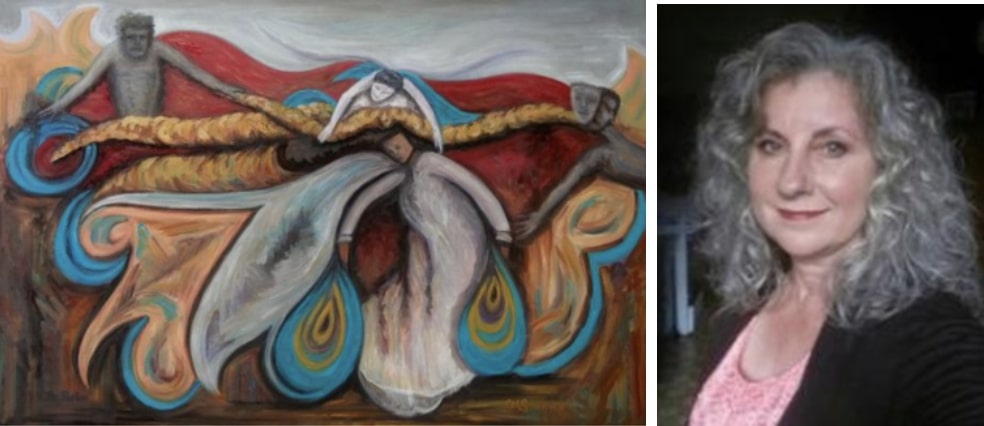
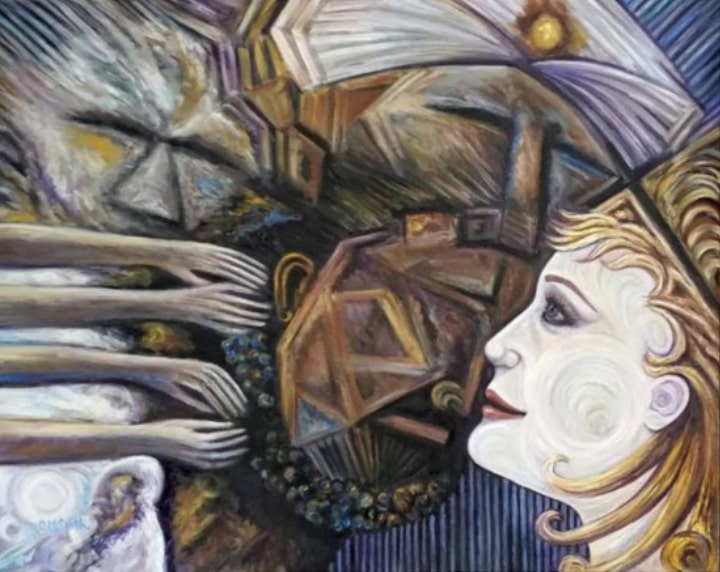
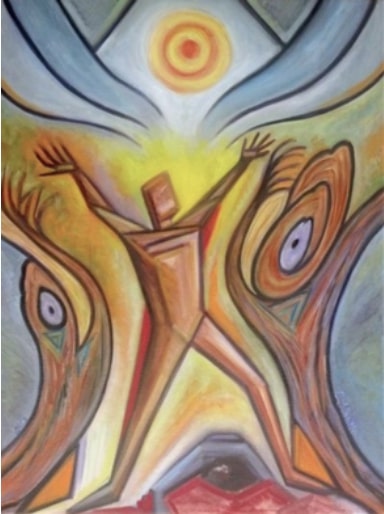
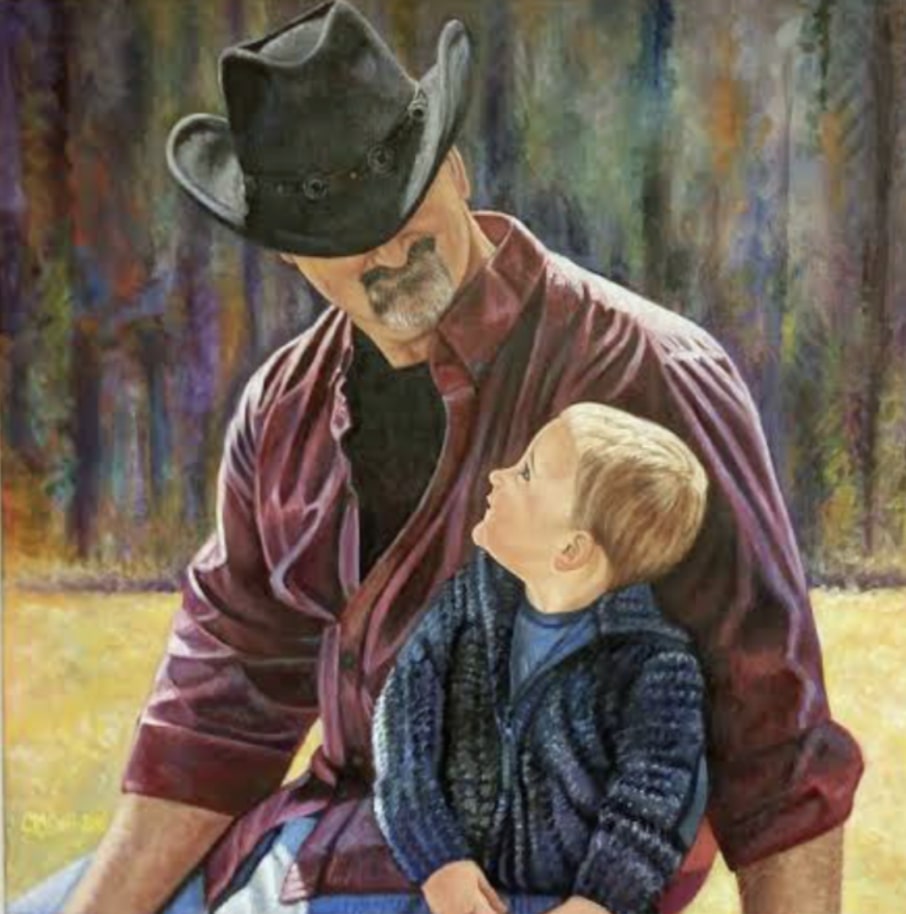
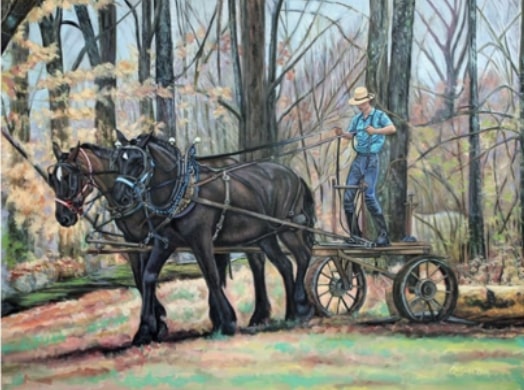
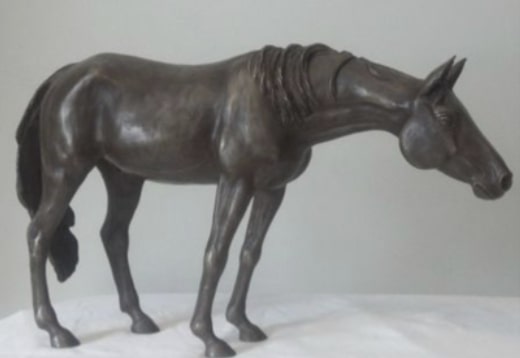
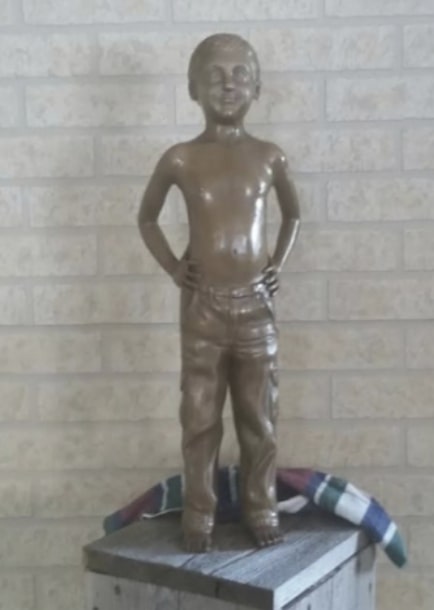
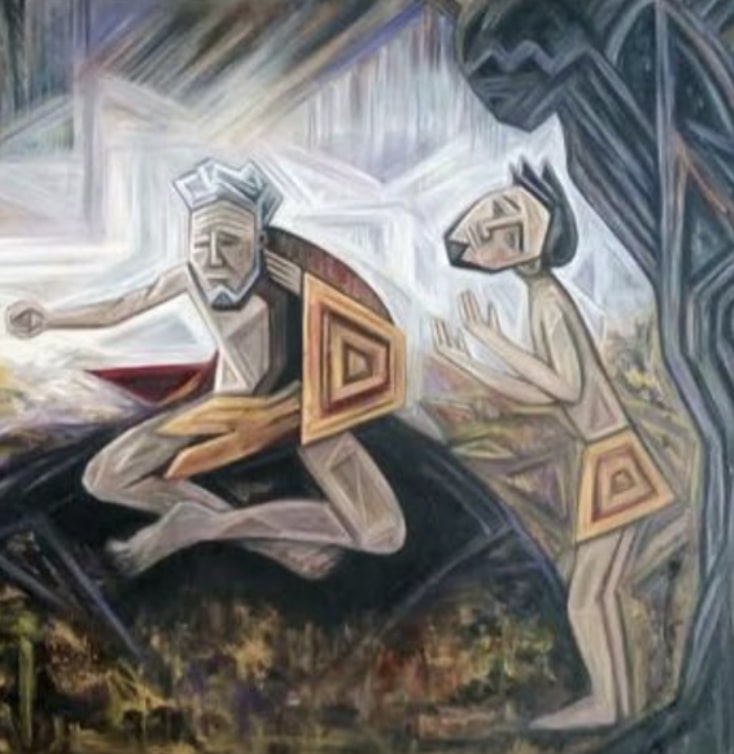
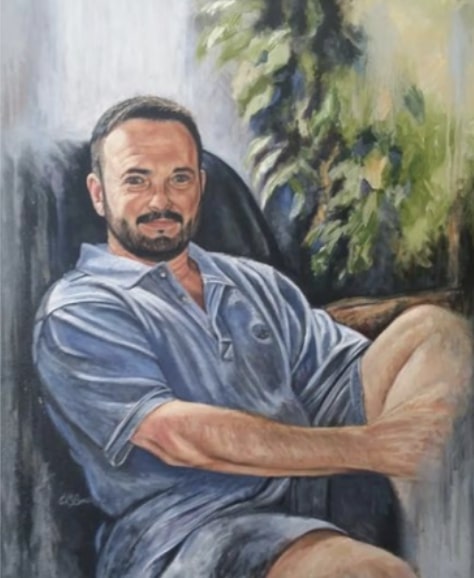
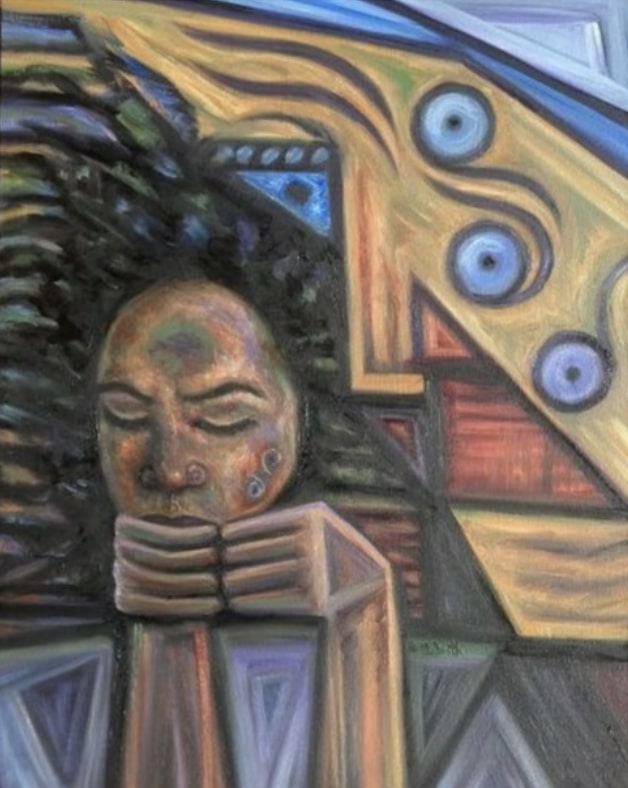
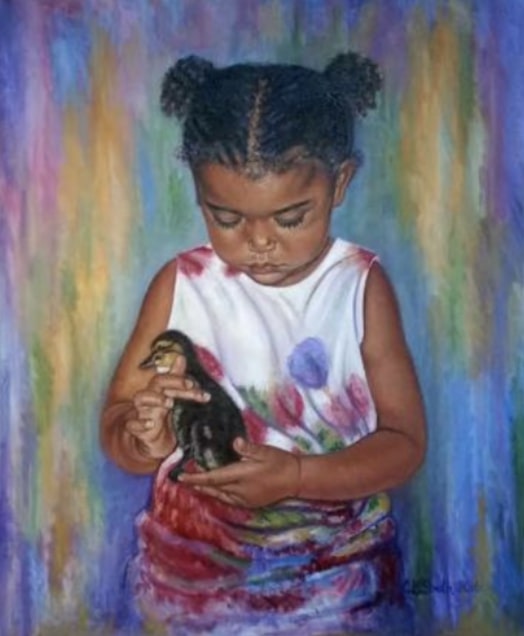
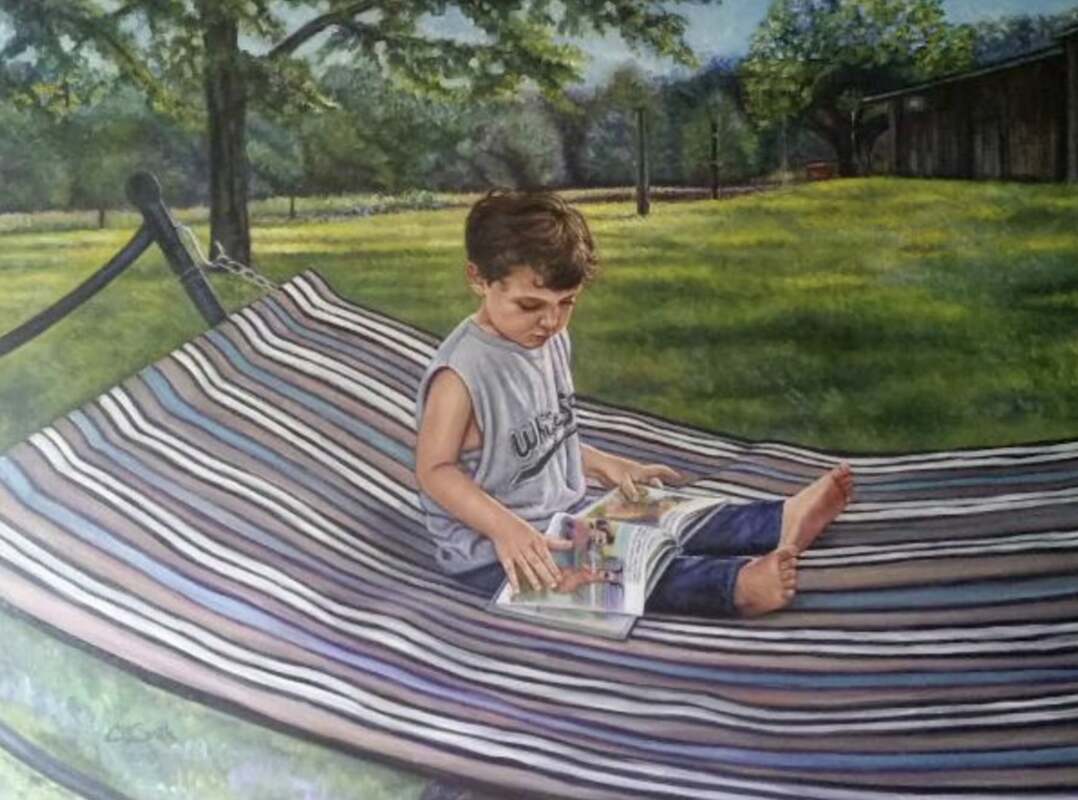

 RSS Feed
RSS Feed